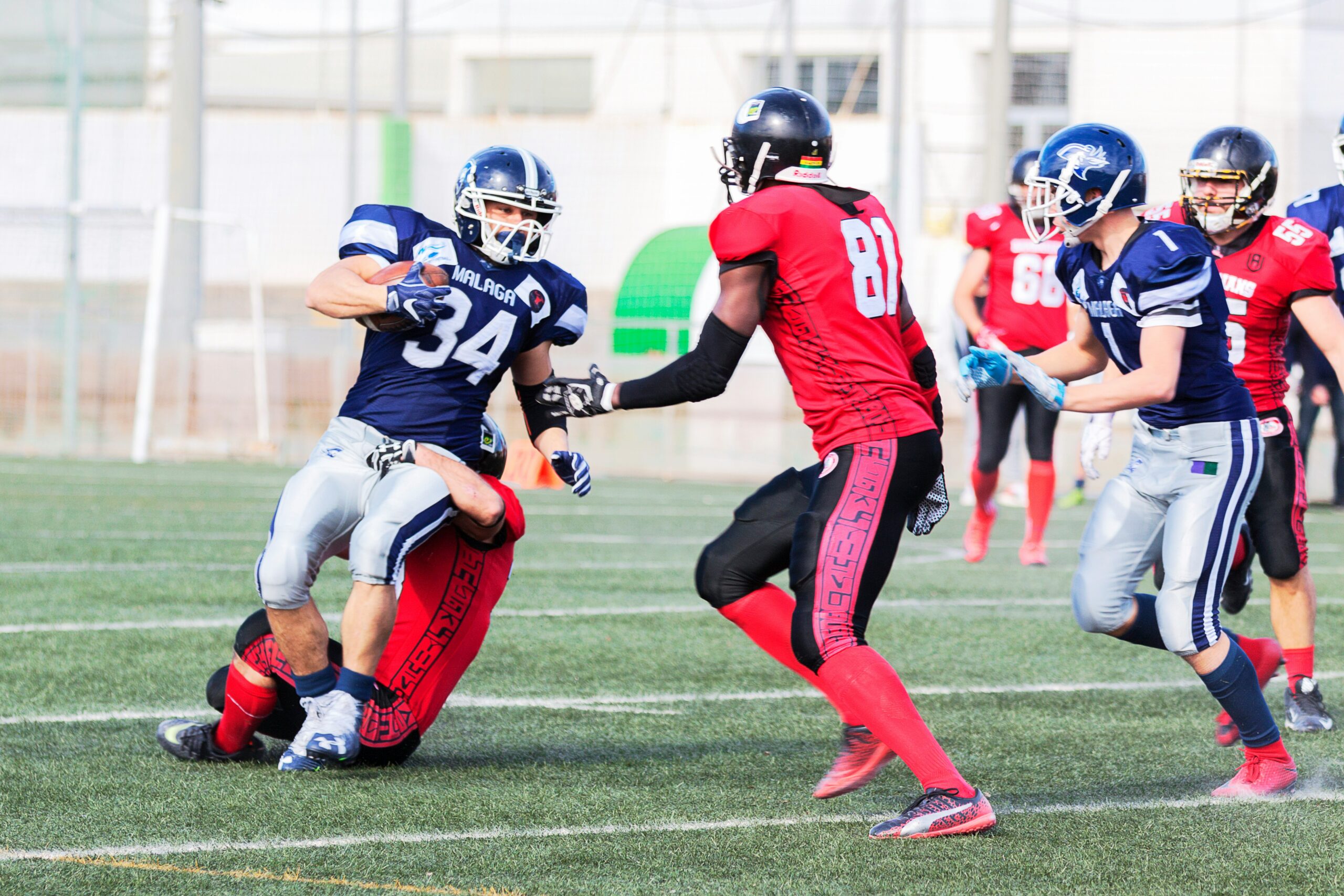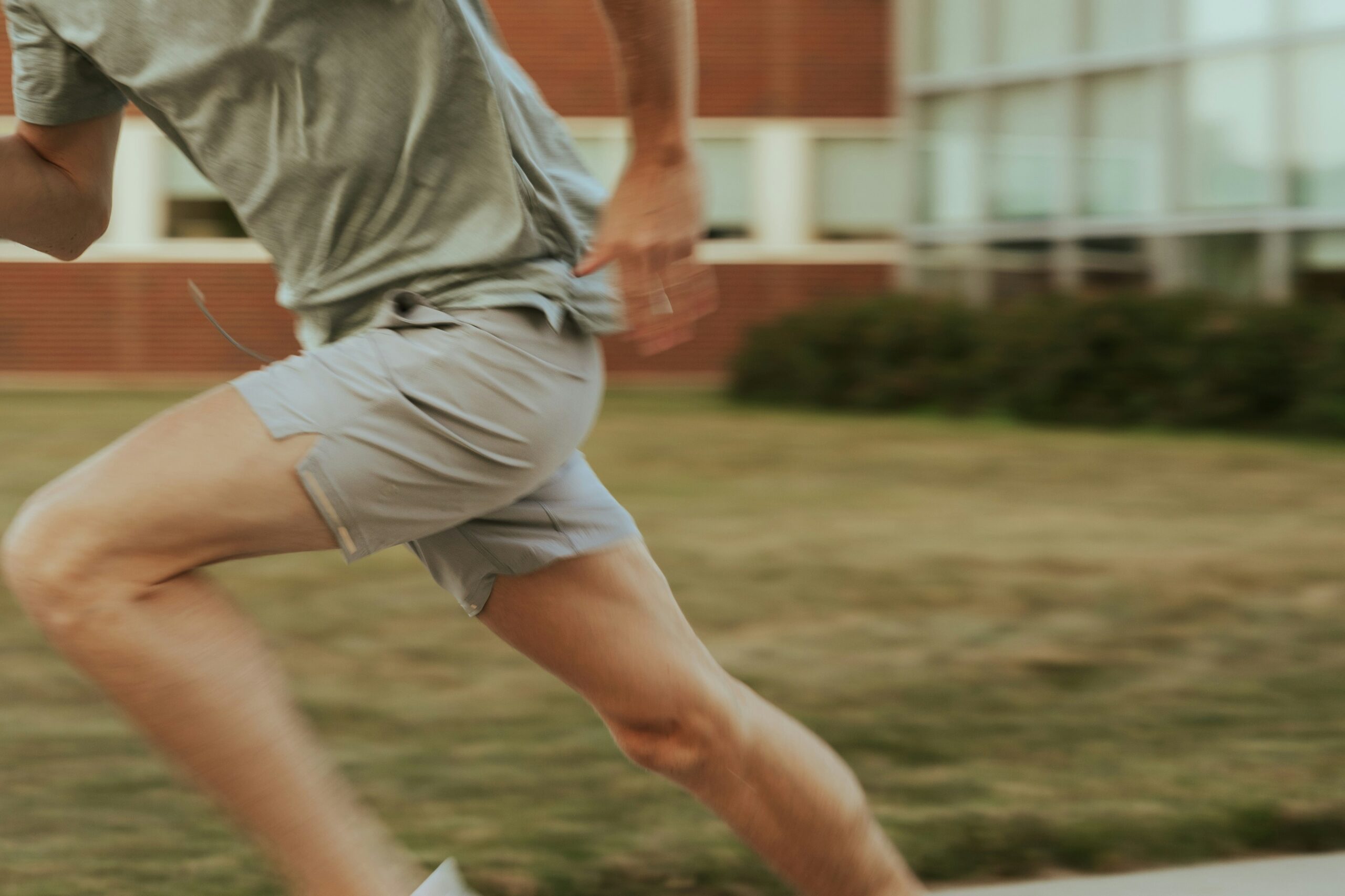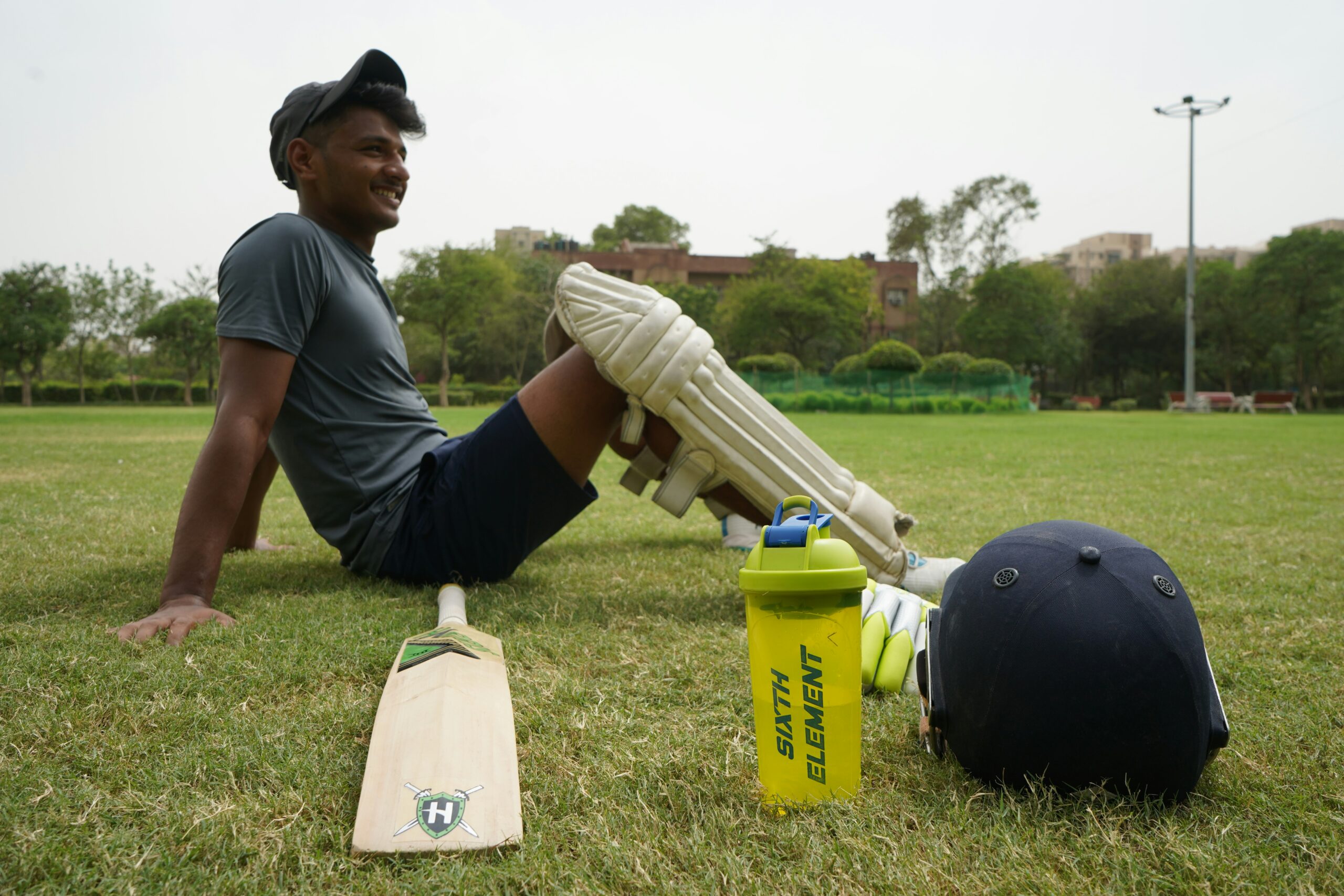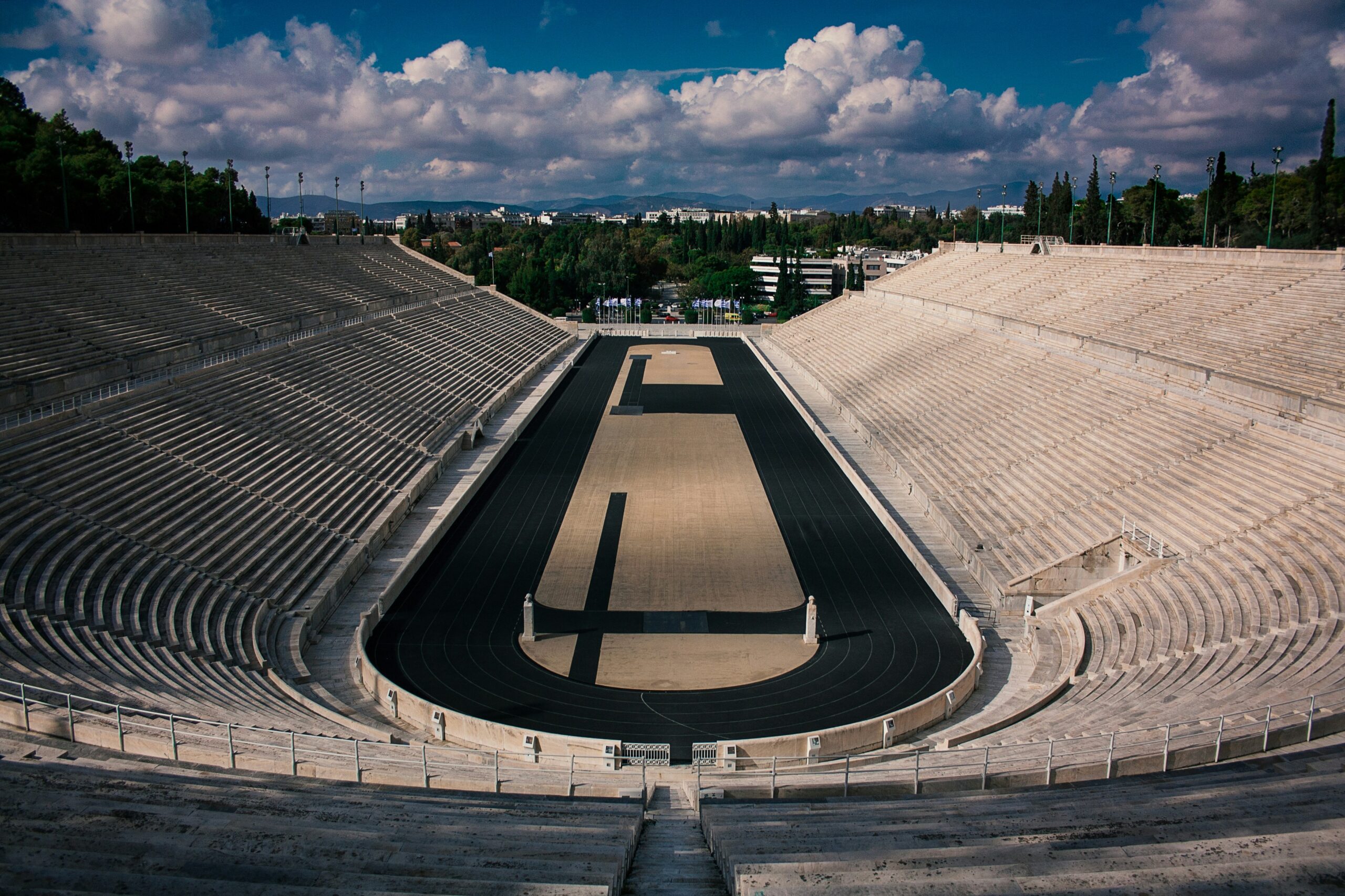Technological Developments in Sports Training
Introduction
In recent years, advancements in technology have revolutionized the way athletes train, enhancing performance, reducing injury risks, and providing valuable insights into their physical capabilities. From wearable devices to virtual reality simulations, technology has become integral to modern sports training programs.
Wearable Technology
Wearable devices such as fitness trackers, smartwatches, and biometric sensors have become ubiquitous in sports training. These devices monitor metrics like heart rate, sleep patterns, oxygen saturation, and even hydration levels, providing real-time data to coaches and athletes. For instance, GPS-enabled trackers help in analyzing running routes, acceleration, and deceleration patterns, crucial for optimizing performance in sports like soccer and athletics.
Case Study: Catapult Sports
Catapult Sports is renowned for its wearable technology solutions designed specifically for athletes. Their devices track movement metrics such as acceleration, deceleration, and change of direction, helping teams and athletes optimize training regimes and minimize injury risks. Teams across various sports leagues globally, including the NBA and Premier League, use Catapult’s technology to gain competitive advantages.
Virtual Reality (VR) and Augmented Reality (AR)
Virtual reality and augmented reality are transforming sports training by providing immersive simulations and enhancing cognitive skills. VR allows athletes to practice scenarios repeatedly in a controlled environment, improving decision-making abilities under pressure. For example, quarterbacks in American football can use VR to simulate game situations and practice passing accuracy.
Case Study: EON Sports VR
EON Sports VR has developed VR training modules for baseball players that simulate pitching and hitting scenarios. This allows batters to practice facing different pitches repeatedly, enhancing their reaction times and decision-making skills. Such simulations provide a safe and controlled environment for athletes to hone their techniques.
Biomechanical Analysis
Advances in biomechanical analysis have enabled coaches and sports scientists to dissect athletes’ movements in unprecedented detail. Motion capture technology, combined with force plates and 3D modeling, helps in analyzing running gaits, jumping mechanics, and throwing techniques. This data allows for personalized training programs aimed at improving efficiency and reducing injury risks.
Case Study: ASICS Running Lab
ASICS has integrated biomechanical analysis into their Running Lab, where athletes undergo gait analysis using high-speed cameras and pressure sensors. This detailed analysis helps in recommending the right footwear and correcting running techniques to prevent injuries and enhance performance.
Data Analytics and Artificial Intelligence (AI)
The use of big data analytics and AI algorithms has revolutionized sports training by processing vast amounts of data to uncover patterns and insights. AI can predict injury risks based on biomechanical data, optimize training loads to prevent overtraining, and even analyze opponents’ strategies to formulate effective game plans.
Case Study: IBM Watson in Tennis
IBM Watson’s AI technology has been employed in tennis to analyze player performance data from matches and practice sessions. This data includes shot placement, velocity, spin rates, and player movements. Coaches and players use these insights to strategize for upcoming matches, identify weaknesses, and capitalize on opponents’ tendencies.
Conclusion
Technological developments in sports training continue to evolve, offering athletes and coaches unprecedented tools to enhance performance, minimize injury risks, and optimize training regimes. From wearable devices that monitor biometrics to VR simulations that improve decision-making, these innovations are reshaping the landscape of sports training worldwide. Embracing these technologies not only improves individual performances but also contributes to the overall competitiveness of sports at all levels.
By leveraging these advancements responsibly, athletes can unlock their full potential and achieve new heights in their respective sports.




